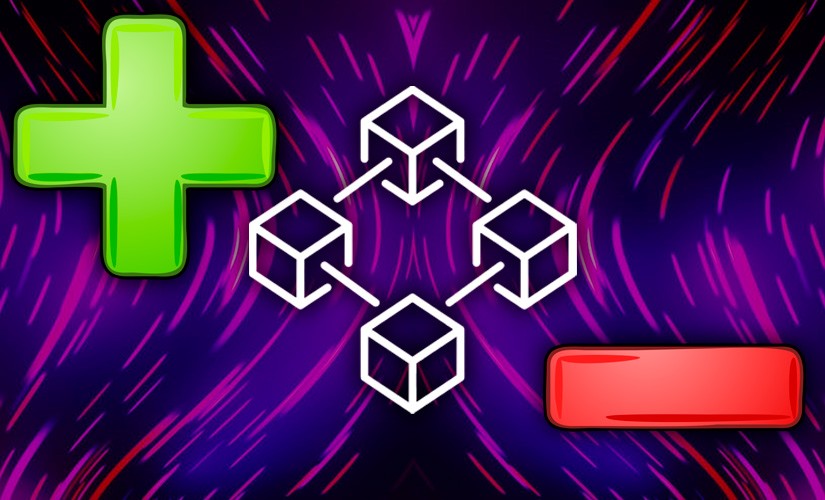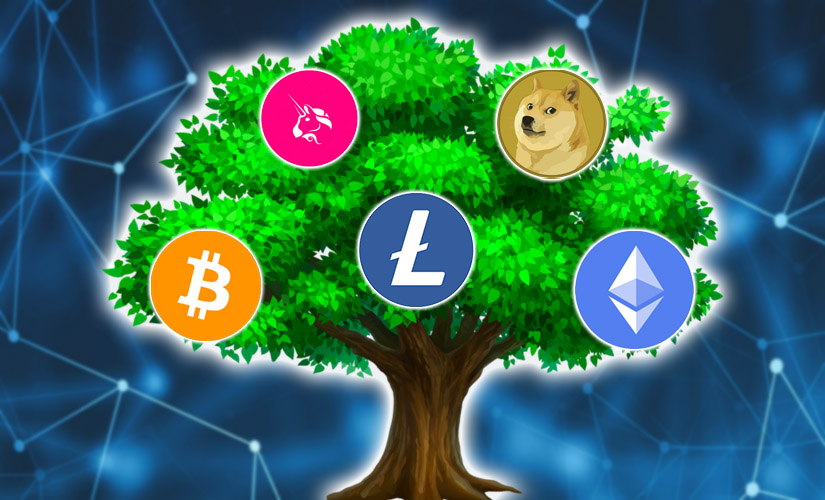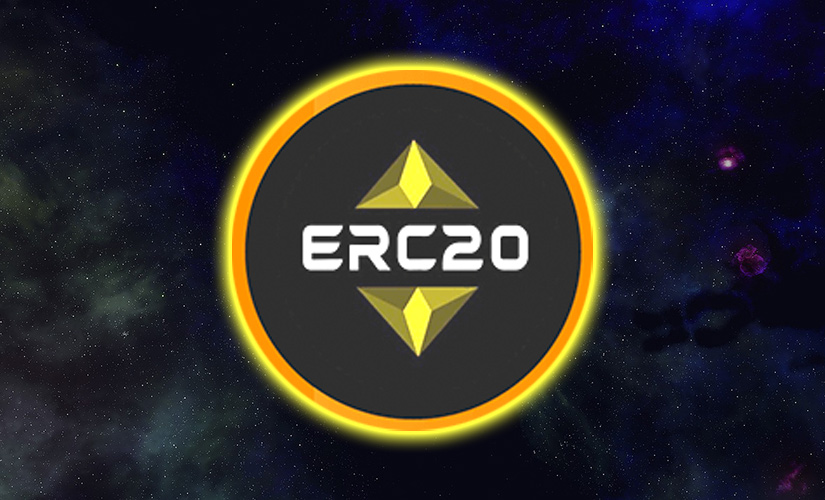
Digital technology has touched almost every sphere of human life. Government agencies are moving online as quickly as commercial companies. Customs is no exception. From office automation and information publishing to e-declaration, risk management, inspection and authorization, a government agency is embracing digital technology. Blockchain technology in Customs has transformed the way government and private companies (individuals) interact.
What blockchain technology is being used for in Customs
Distributed registries have helped make business processes traceable and transparent. Trust between users, governments and businesses has emerged. Supply chain management (the network of manufacturers, sellers, warehouses and distribution channels) and customs operations are two areas where blockchain technology has already started a revolution.
Even before blockchains were actively integrated into business and management processes, the concept of “digital customs” emerged. This is the use of virtual systems to collect duties, oversee the flow of goods, people, vehicles and money, and protect cross-border trade from crime, including international terrorism.
Digital import and export controls aim to replace paper-based procedures with electronic transactions to create a more productive environment.
By using blockchain, regulators ensure that they have accurate data on goods. It also allows them to get reliable information from the right sources.
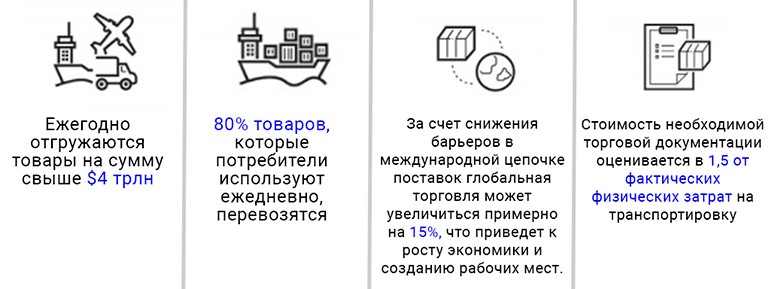
How blockchain works in customs administration
Distributed ledger technology performs functions that make it applicable in different industries. Supply chain management, which is closely related to customs regulations, has become such an area. In the process of releasing and selling products, it is imperative to know reliably what goods were produced, when, by whom, and delivered. Blockchain’s “timestamp” feature can solve this problem. The identifier shows that an event occurred at a specific moment and therefore has been stored in the blockchain’s blockchain memory. Each hash (compressed information) includes the previous timestamp. This is how a chain is built, where the next link captures data about the previous one.
5020 $
bonus dla nowych użytkowników!
ByBit zapewnia wygodne i bezpieczne warunki do handlu kryptowalutami, oferuje niskie prowizje, wysoki poziom płynności i nowoczesne narzędzia do analizy rynku. Obsługuje transakcje spot i lewarowane oraz pomaga początkującym i profesjonalnym traderom dzięki intuicyjnemu interfejsowi i samouczkom.
Zdobądź bonus 100 $
dla nowych użytkowników!
Największa giełda kryptowalut, na której można szybko i bezpiecznie rozpocząć swoją podróż w świecie kryptowalut. Platforma oferuje setki popularnych aktywów, niskie prowizje i zaawansowane narzędzia do handlu i inwestowania. Łatwa rejestracja, duża szybkość transakcji i niezawodna ochrona środków sprawiają, że Binance jest doskonałym wyborem dla traderów na każdym poziomie!
Accepting blockchain records as the only source of truth can increase security. Over time, the blockchain will accumulate data that will allow border authorities to build their risk management capabilities.
The International Network of Customs Universities in their study by Sylim, Liu, Marcelo and Fontelo (2018) discussed how blockchain technology can be used to detect adulterated and substandard medicines. The researchers concluded that distributed registry records should be considered a source of truth at the legislative level. Government agencies should take over the capacity building function. Blockchain will be able to distinguish between gray goods in cases of parallel imports and determine at what stage these products have left the supply chain. The technology will improve the quality of customs work and prevent the global trade in counterfeit goods.
The use of an open platform will be beneficial for creating a channel for receiving and transmitting information and for paperless trade in export-import transactions. The current principles of customs are complex, requiring a lot of manual activities. The industry’s problems include tons of paper documentation and the time resources spent on processing them. As a result, there are gaps in the supply chain, and fraudsters are taking advantage of this.
If blockchain in customs is the only source of truth with verifiable and immutable digital documents, it will allow for better risk assessment and lower administrative costs. The use of distributed registers will make Customs integrated into the trade process. Controlling agencies will be able to work with the right information themselves.
Blockchain will also help fight financial crime and facilitate better interaction between Customs and tax authorities. The use of the technology will simplify the collection of evidence for legal proceedings, as goods are verified digitally and information is stored in a decentralized database.
With blockchain platforms, customs officials will be able to seamlessly verify information about imported goods: origin, physical characteristics, licensing, authenticity, destination and route. All of this will help identify gray suppliers, illegal trade and fraud.
Pitfalls in implementing the technology
The problem with integrating blockchain into government regulatory systems is the low level of awareness of how distributed ledgers work. In many sectors of the economy, other than banking, there is a widespread lack of understanding of how decentralized structures work.
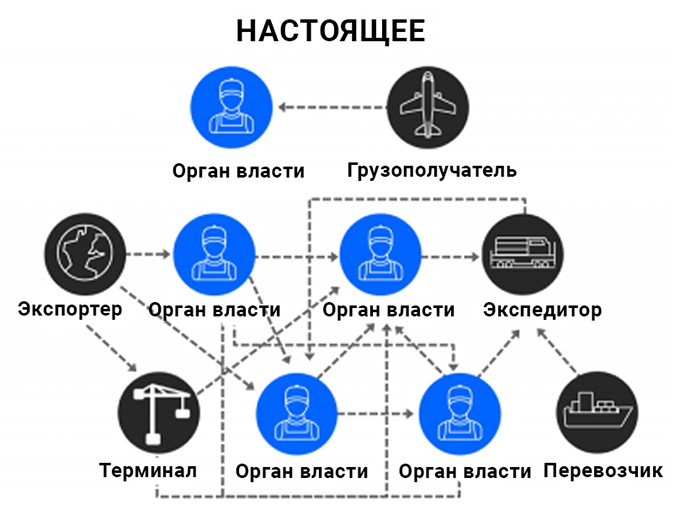
Regulators don’t want to allow oversight to diminish. Centralized systems – financial services, for example – can be monitored. Decentralized networks are less manageable. The government cannot directly influence blockchain participants, so believes that the design of distributed registries is not well thought out. Various governments have strong arguments that applications based on decentralized networks should operate within existing regulatory structures, not outside of them. At the same time, regulators in all industries need to understand how the technology works and its impact on businesses and consumers.
However, many researchers are inclined to believe that blockchain can provide security at 3 levels in supply chains: product, information and financial.
| Protecting goods from theft and recovering losses | When a customer makes a transaction, the authenticity of the purchased product can be automatically verified and activated in the system. If an item is stolen, it can be traced back through any subsequent transaction. Blockchain-based platforms can also solve the problem of counterfeit goods that are difficult to trace: pharmaceuticals, luxury goods, electronics and diamonds. |
| Security of information flows | Distributed registries are harder to attack because multiple copies of the same depository are available instead of a single database. Information is stored by many individuals at once instead of one. Therefore, databases are considered virtually invulnerable to hacking. |
| Security of financial flows | Blockchain-based processing of customs duty payments will provide real-time tracking of shipments and proper clearance of goods at border crossings. Regulatory authorities will be able to better manage commodity and cash flows. |
Practical application of blockchain in foreign countries
The introduction of distributed ledger technology into the customs environment will make cooperation between regulatory agencies and companies more efficient, as well as provide more opportunities to detect high-risk shipments. Blockchain technology must be applied in both customs and trade environments, where supply chain participants must constantly exchange information.
Distributed registries will allow instant access to the same data that is securely and consistently stored at different nodes in the chain. Decentralized systems eliminate the need for each party to keep separate ledgers. Here are some blockchain platforms designed to improve the supply chain:
- Mercury II – a project designed to digitize the ATA carnet (goods passport) for businesses and customs to interact.
- TradeLens – a blockchain platform launched by Maersk and IBM. It allows organizations involved in international shipping to exchange information and shipping documents in real time.
- Cadena is a platform that enables the exchange of Authorized Economic Operator (AEO) information between the customs administrations of Costa Rica, Mexico and Peru. This ensures the implementation of mutual recognition arrangements (MRAs).
- Global Trade Connectivity Network (GTCN) – a global backbone for the exchange of trade finance information between the Monetary Authority of Singapore and its Hong Kong counterparts.
What is needed to implement blockchain in Russia
In March 2020, the first stage of a pilot project to implement blockchain in customs in Russia was launched in St. Petersburg. Sea freight delivery and trade terminal services company Maersk and the Federal Customs Service have started cooperation in a project to integrate the TradeLens decentralized platform for carriers in Russia. The aim of the project is to simplify interaction between shippers, regulators and administrative authorities in the country, increasing the speed of clearance and movement of goods across borders.
The technology could have a major impact on international trade. But in order to scale the introduction of blockchain in Russia, it is necessary to legislate the possibility of accepting payments in cryptocurrency (bitcoins or other digital assets). It is necessary to focus the sphere of influence of government agencies not on controlling the work of decentralized systems, but on the results they provide. If blockchain platforms can help detect illegal activity, the focus of customs authorities should be on stopping economic crime in the first place.
TradeLens
A blockchain platform developed by global IT services provider IBM and shipping company Maersk. TradeLens provides visibility into all stages of the supply chain to participants in international trade:
- Ports and terminals.
- Shipping companies.
- Customs authorities.
- Forwarders.
- Logistics organizations and carriers.
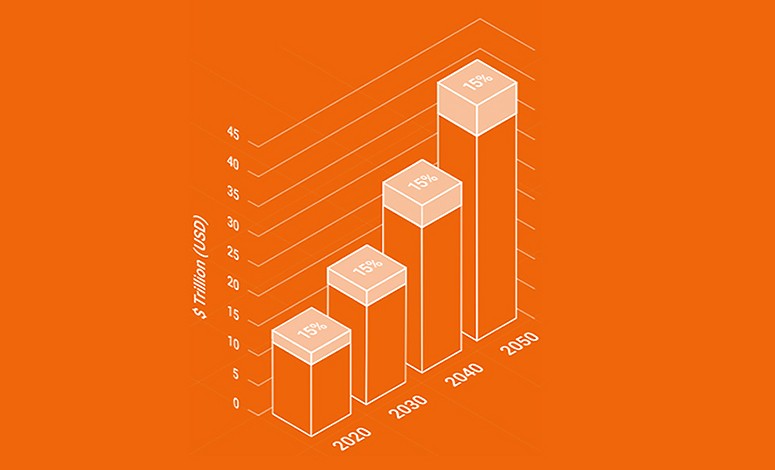
For example, ABC imports meat and distributes it to retailers in different parts of the country. The retailer sources products from 16 countries and sells them to more than 2,000 domestic customers.
While ABC Company is growing rapidly, it also needs to address a number of challenges in the expanding chain. The biggest obstacle the suppliers faced was the lack of traceability of the shipment. More often than not, importers don’t see data on the products being shipped until the ship arrives at the port. This prevents them from planning the distribution of goods to local buyers. And since ABC deals with perishable products, the company must arrange for quick transportation of the shipment as soon as it arrives in the destination country.
TradeLens solves this problem by taking advantage of blockchain technology. The following participants in the goods delivery chain can be connected to the platform:
- Shipping carriers.
- Suppliers.
- Importers.
- Retail customers.
- Banks.
- Customs authorities.
Users can share information and collaborate in the container logistics ecosystem. TradeLens has more than 100 members and performs more than 10 million transactions per week related to processing transportation documents. The blockchain platform allows suppliers to update the status of shipments in real-time, providing full visibility to stakeholders.
TradeLens also synchronizes with enterprise resource planning (ERP) systems. With increased transparency, importers improve communication throughout the supply chain and gain greater control over each transaction.
Podsumowanie
Distributed ledger technology and blockchain platforms are bringing openness, speed and security to public services, including customs operations. Since 2016, governments have been incorporating decentralized systems into their governance processes, creating new models of government regulation. Blockchain in customs will ensure:
- Compliance with regulatory requirements, legal frameworks and laws.
- Security of goods vulnerable to theft or counterfeiting.
- A complete chronology of goods and asset flows.
Często zadawane pytania
💻 What are the benefits of blockchains for foreign trade?
Distributed registries record and store data in a secure digital format, providing information about transactions between parties.
❓ How are Chinese authorities using blockchain technology?
The first blockchain platform for importing and exporting goods in the Middle Kingdom was launched by Dianrong (China’s P2P lending platform) based on the Hyperledger blockchain.
✅ Which country was the first to support blockchain at the government level?
It was the UAE. In particular, Dubai Customs supported cooperation with IBM in regulating shipments, including oil trade.
🔎 Are there any plans to further roll out TradeLens in Russia?
The seaport of Vladivostok has also joined the blockchain platform.
📲 When did digital customs launch in Russia?
In 2018, we opened the Privolzhskaya e-Customs in Nizhny Novgorod.
Czy w tekście jest błąd? Podświetl go myszą i naciśnij Ctrl + Enter
Autor: Saifedean Ammousekspert w dziedzinie ekonomii kryptowalut.


